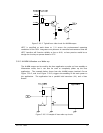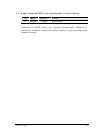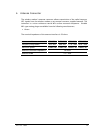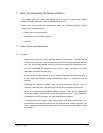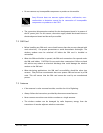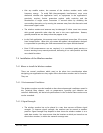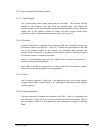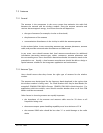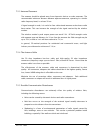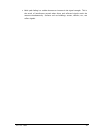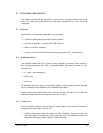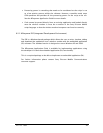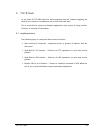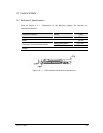
LZT 123 1836 80
7.5 Antenna
7.5.1 General
The antenna is the component in the users system that maintains the radio link
between the network and the wireless modem. Since the antenna transmits and
receives electromagnetic energy, its efficient function will depend on:
• the type of antenna (for example, circular or directional)
• the placement of the antenna
• communication disturbances in the vicinity in which the antenna operates
In the sections below, issues concerning antenna type, antenna placement, antenna
cable, and possible communication disturbances are addressed.
In any event, users should contact their local antenna manufacturer for additional
information concerning antenna type, cables, connectors, antenna placement, and
the surrounding area. Users should also determine whether the antenna needs to be
grounded or not. Usually, a local antenna manufacturer should be able to design a
special antenna suitable for the integrators application and environment.
7.5.2 Antenna Type
Users should ensure that they choose the right type of antenna for the wireless
modem.
The antenna must be designed for the frequency bands deployed in the regions that
the wireless modem is being used. For fixed locations this may be dual bands (for
example E-GSM900/GSM1800 in Europe; GSM850/GSM1900 in North America). For
applications which are mobile, users should consider whether three or all four GSM
bands could be encountered.
Other factors in choosing antenna are equally important:
• the impedance of the antenna and antenna cable must be 50 ohms at all
frequencies being used
• the antenna output-power handling capability must be a minimum of 2 W
• the antenna VSWR value should be less than 3:1 to avoid damage to the radio
device



